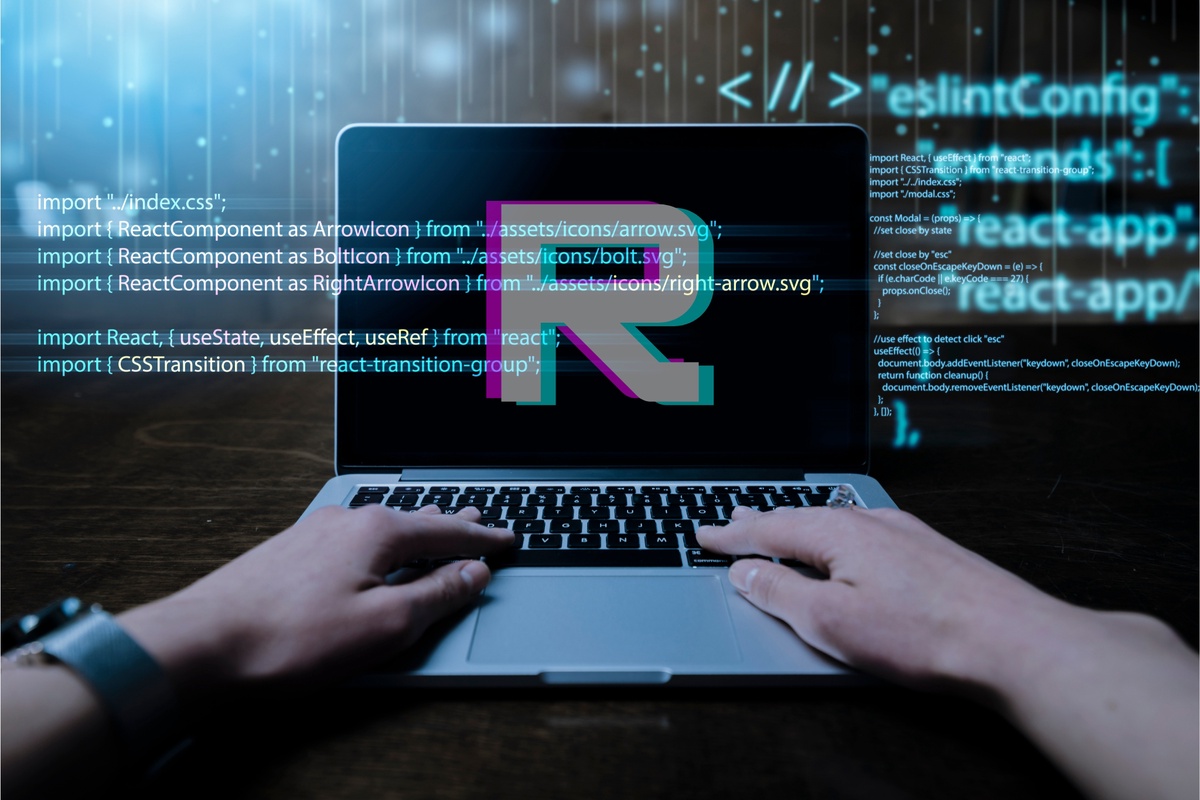The Rise of R Programming Language: Top 6 uses
In the ever-expanding landscape of programming languages, R has emerged as a powerhouse for data analysis, statistical computing, and machine learning. Its versatility and robust capabilities have propelled its rise to prominence across various industries and domains.
Unleashing the Potential of R:
1. Data Analysis and Visualization: R's extensive library of packages, including ggplot2 and dplyr, empowers analysts to manipulate data and create stunning visualizations with ease.
2. Statistical Computing: With built-in functions for statistical modeling and hypothesis testing, R is the preferred choice for statisticians and researchers worldwide.
3. Machine Learning: R's machine learning packages, such as caret and randomForest, enable developers to build predictive models and uncover patterns in data.
4. Bioinformatics: R is widely used in bioinformatics for analyzing genomic data, DNA sequencing, and protein structure prediction.
5. Finance: In finance, R is employed for risk modeling, portfolio optimization, and algorithmic trading strategies.
6. Social Sciences: Researchers leverage R for survey analysis, experimental design, and sentiment analysis in social sciences.
7. Healthcare: From clinical trials to epidemiological studies, R plays a pivotal role in analyzing healthcare data and improving patient outcomes.
8. Marketing and Advertising: Marketers utilize R for customer segmentation, campaign optimization, and sentiment analysis on social media data.
Why Choose R?
1. Open Source: R is open-source and free to use, making it accessible to a wide range of users, from students to seasoned professionals.
2. Rich Ecosystem: R boasts a vibrant community and extensive package ecosystem, providing users with a wealth of resources and tools for their projects.
3. Interactivity and Reproducibility: R's interactive environment allows for iterative exploration and analysis, while its scripting capabilities facilitate reproducible research and collaboration.
4. Integration with Other Languages: R seamlessly integrates with other programming languages like Python and SQL, enabling users to leverage the strengths of different tools within their workflows.
As industries increasingly rely on data-driven insights to make informed decisions, the demand for skilled R programmers continues to soar. Whether you're a data scientist, researcher, or industry professional, mastering R opens doors to a world of opportunities in data analytics and beyond.
For an in-depth exploration of the rise of R programming language, visit FutureTech Words. Unlock the potential of R today!


No comments yet